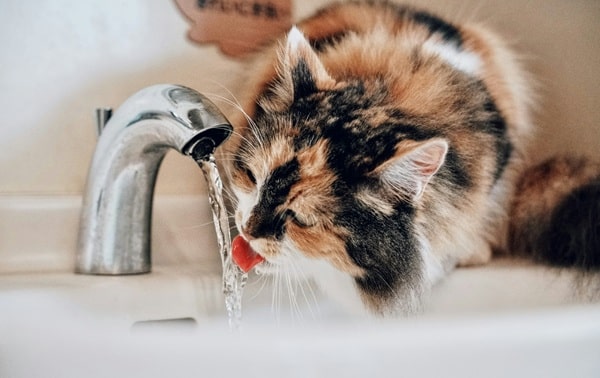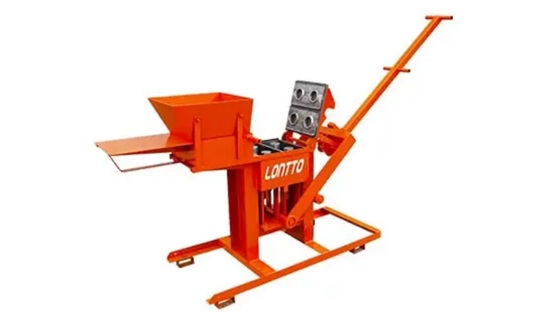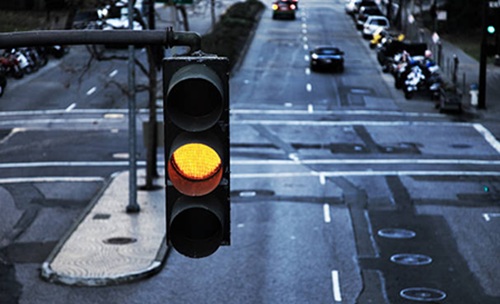Cats have a low thirst drive, which means many don’t drink enough water on their own. A stagnant bowl often isn’t enough to keep them hydrated. Flowing water attracts cats, making fountains a better daily option for many households.
Veterinarians often recommend fountains for cats prone to urinary tract issues or dehydration. It isn’t just about convenience. It supports better long-term health.

Material Matters
The first thing to check is the material used. Some plastics can degrade, scratch, or trap bacteria. Cheaper materials also absorb odours over time.
Here’s a quick breakdown:
| Material | Pros | Cons |
| Stainless Steel | Durable, hygienic, dishwasher-safe | Heavier, can be noisy if water hits metal |
| Ceramic | Heavy, aesthetically pleasing, non-toxic | Breakable, may chip |
| Plastic | Lightweight, affordable, varied designs | Prone to scratches, may harbour bacteria |
If you’re selecting for long-term use, stainless steel is usually the safest and most hygienic option. It doesn’t absorb smells and is easy to sanitise.
Filter Quality and Maintenance
Filters remove fur, dust, food particles, and debris. That keeps the water cleaner and more appealing to drink. It also reduces mineral buildup in pumps.
There are two main types:
- Carbon filters: Remove odours and improve taste.
- Foam or mesh filters: Trap larger particles and hair.
Some fountains use a combination system. Choose a model that uses replaceable filters, and check that replacements are easily available in Australia.
Reusable filters may seem convenient but can lose effectiveness. A well-designed fountain should make filter replacement quick and mess-free. If filter changes require tools or complex steps, it will likely be neglected.
Pump Noise and Efficiency
A quiet pump makes a big difference. Loud humming can scare cats and annoy people. High-pitched or rattling pumps often indicate poor manufacturing or wear.
Key things to consider:
- Noise level: Measured in decibels. A quality unit should be under 40dB.
- Accessibility: Pumps should be easy to remove, clean, and reassemble.
- Energy use: Efficient pumps cost less to run and generate less heat.
Some brands add rubber feet or sound-dampening pads to reduce vibration. Over time, regular maintenance such as descaling helps keep the motor quiet and running well.
If the fountain comes with a backup pump or offers pump replacements separately, that’s a good sign the brand supports longevity.
Water Flow Design
Cats have preferences. Some like a stream, others prefer bubbling surfaces. Adjustable flow helps accommodate multiple pets or finicky drinkers.
Types of flow include:
- Free-falling stream
- Bubbling dome
- Cascade tiers
Each has its benefits. Free-falling streams attract attention and simulate tap water. Domes prevent splash and suit quieter cats. Cascade tiers provide multiple drinking levels, which can reduce squabbles in multi-cat homes.
Avoid fountains that splash excessively or spray outside the bowl. This leads to water loss and messy floors. The design should keep water inside the reservoir without feeling too enclosed or tight.
Size and Capacity
The right size depends on how many cats use it and how often you want to refill it. Small units may need daily refilling, which isn’t ideal if you’re away during the day. Larger fountains are better for busy homes or households with more than one cat.
Some models hold under a litre, others up to three litres or more. Bigger isn’t always better—a larger reservoir needs more space and takes longer to clean. Strike a balance between convenience and practicality.
If you’re unsure, start with a mid-size model. It gives you a good idea of usage habits without being too bulky.
Cleaning and Usability
Routine cleaning keeps the fountain hygienic. Most fountains need a full clean once or twice a week. Look for parts that detach easily and don’t require tools.
Dishwasher-safe components save time. Avoid units with narrow crevices that trap grime or mould. Transparent reservoirs are useful for monitoring water clarity.
A well-designed fountain will take under 10 minutes to clean and reassemble. If it feels fiddly or awkward, it will be used less often and cleaned even less.
Where to Buy a Reliable Cat Water Fountain
Not all products sold online meet the same standard. Imported knock-offs often use subpar materials and lack replacement parts. It’s safer to choose a seller that specialises in feline hydration products.
For a well-reviewed range of options, check out Cat Water Fountain. They stock quality fountains, filters, and accessories designed specifically for Australian cat owners.
Conclusion
A good cat water fountain should be quiet, safe, easy to clean, and reliable over time. Pay attention to materials, pump design, and filter availability. Select a size that fits your home and cats’ needs without creating more work than necessary.
The right product won’t just sit on the floor—it will be used daily. A thoughtful choice can support better hydration and long-term health for your cat.

